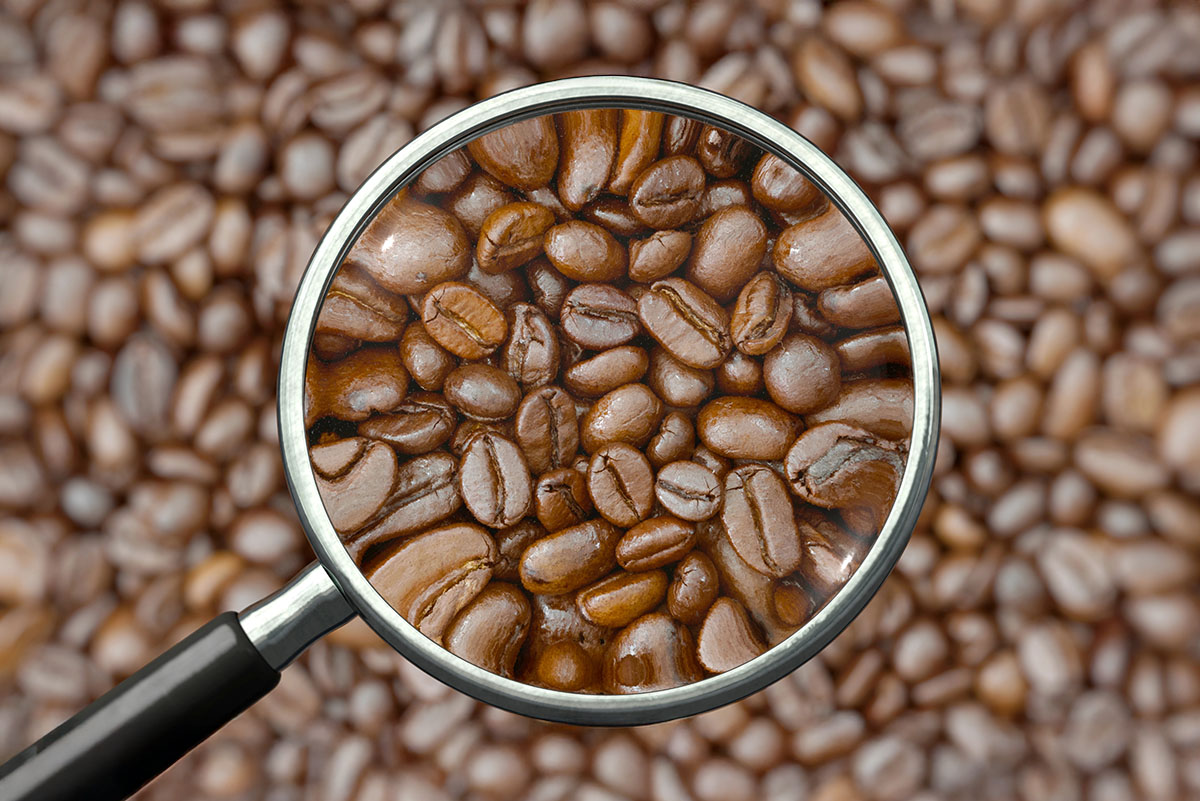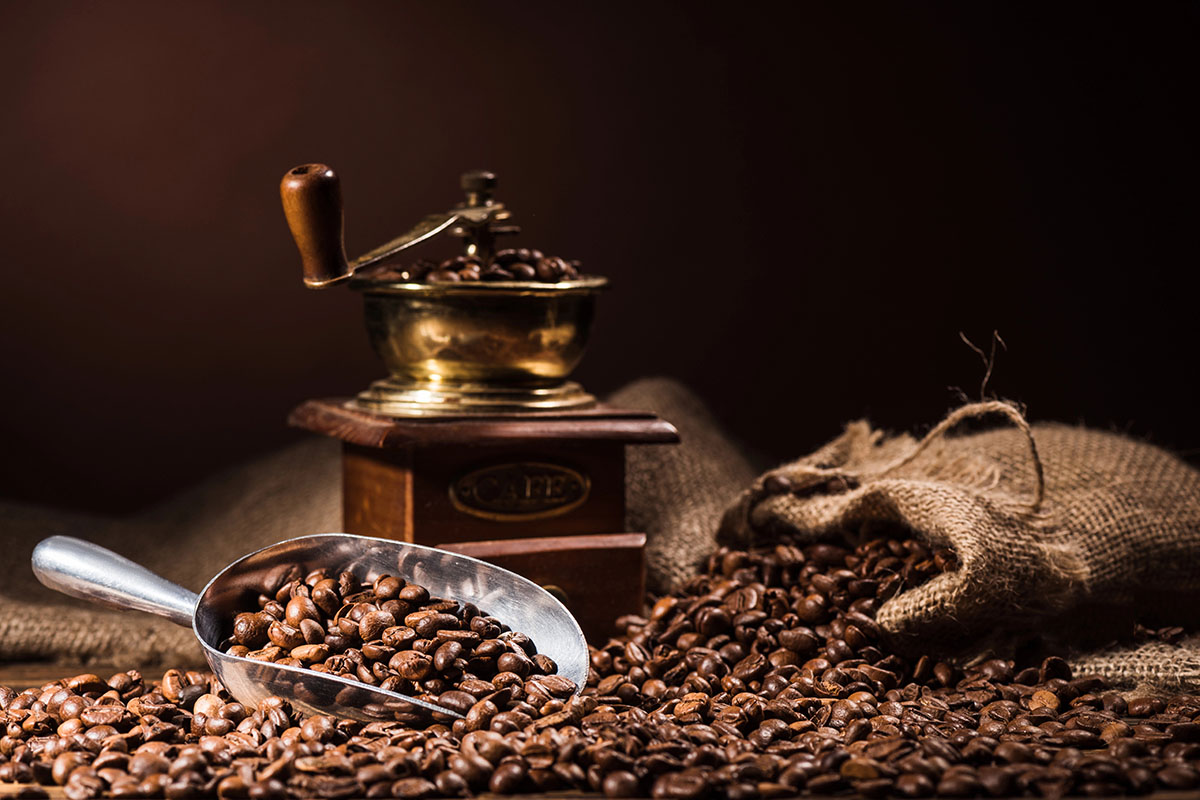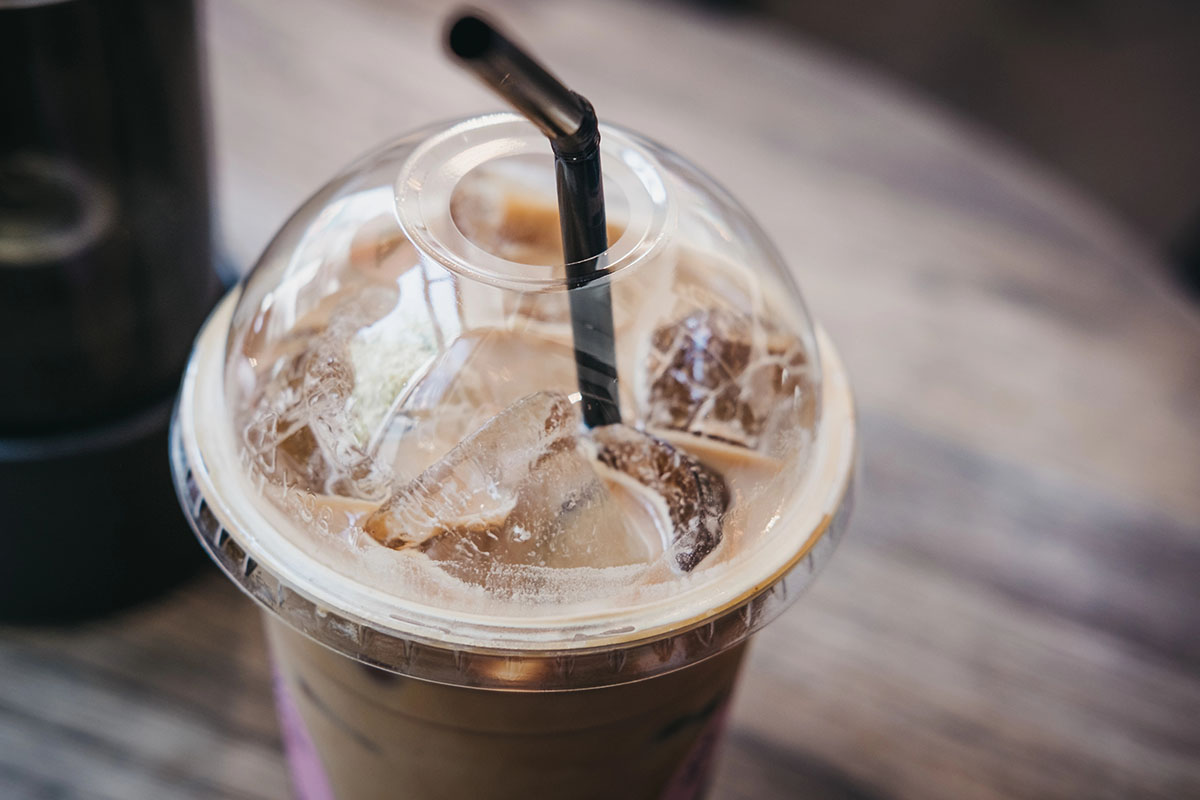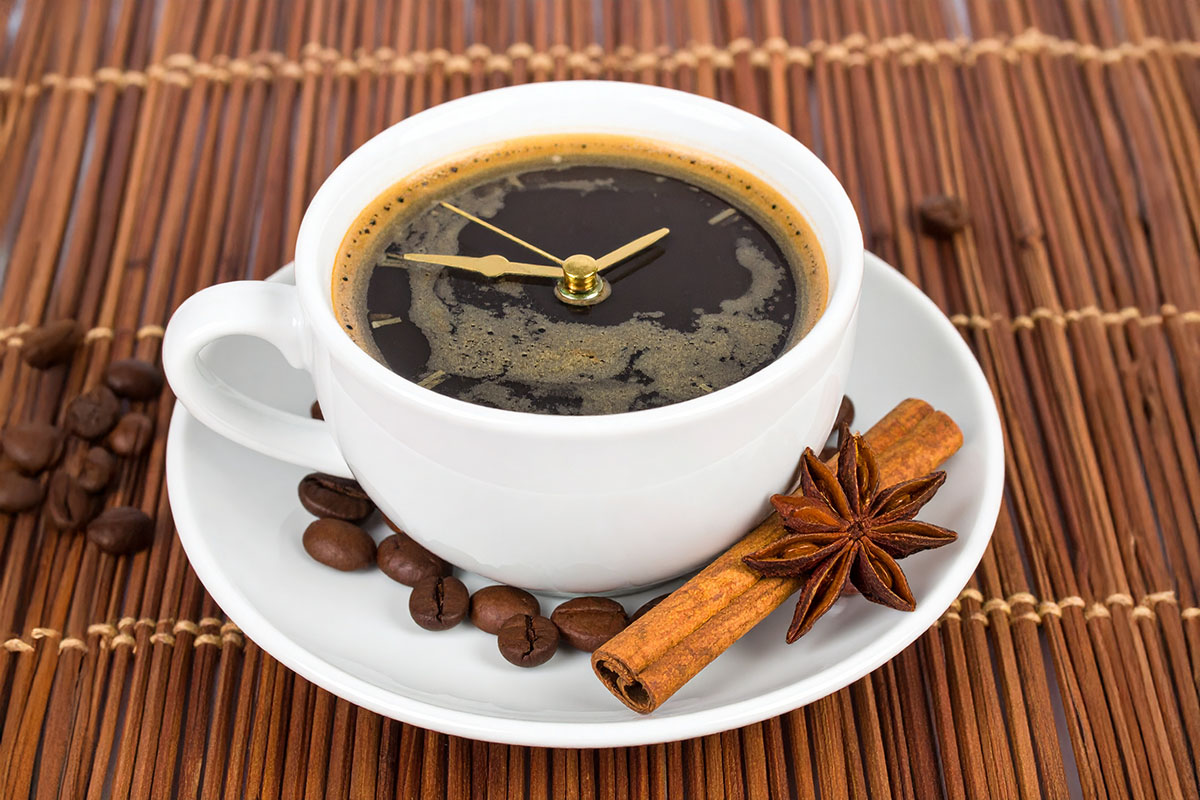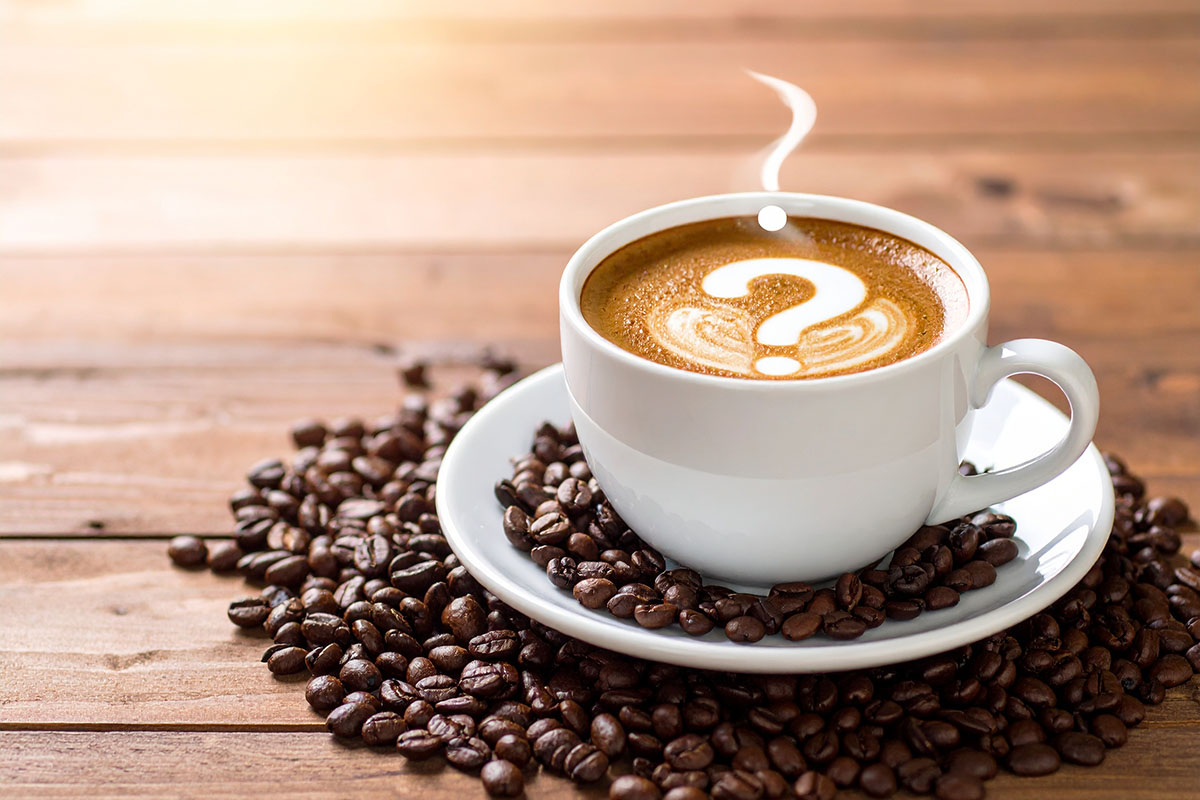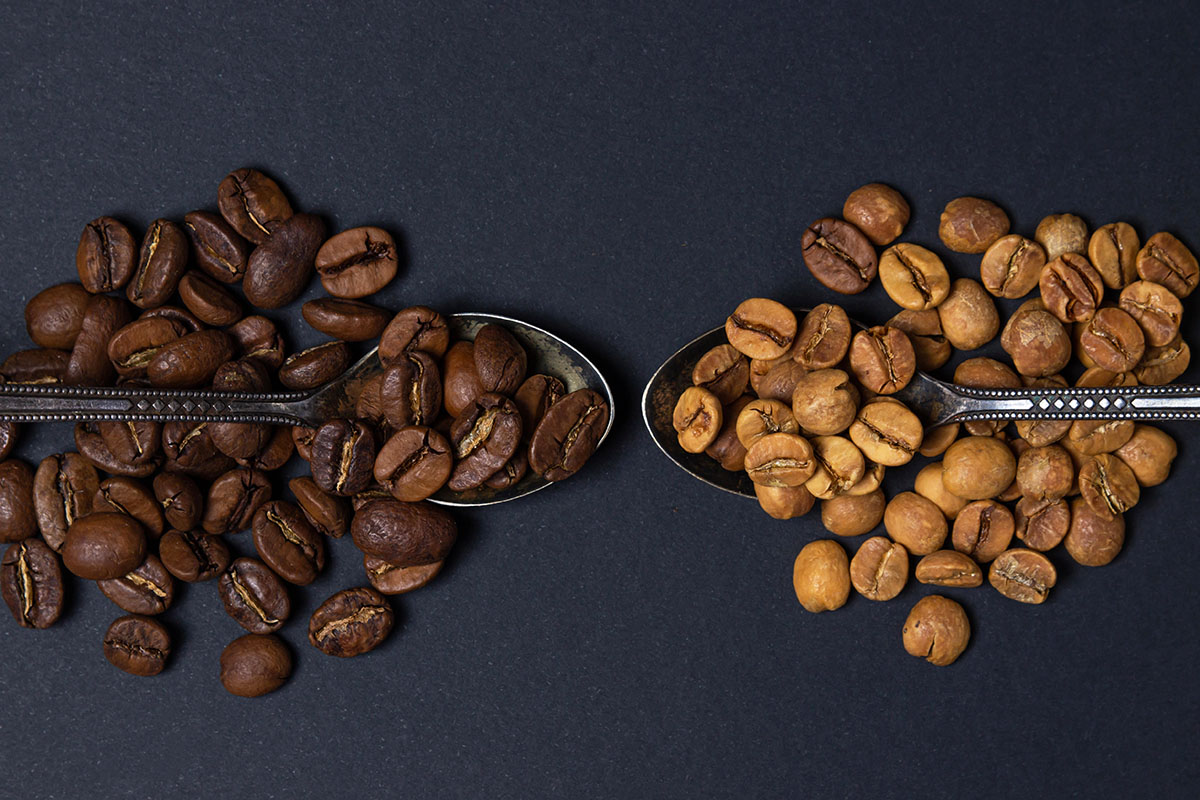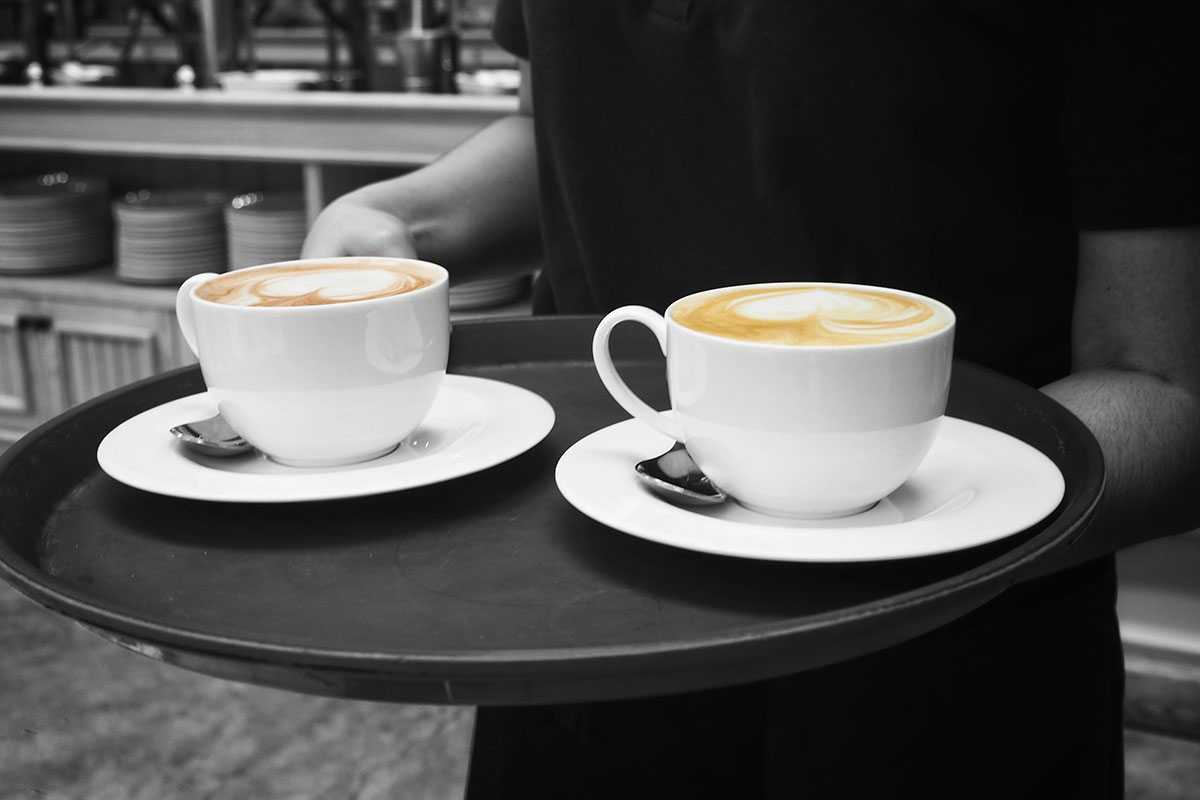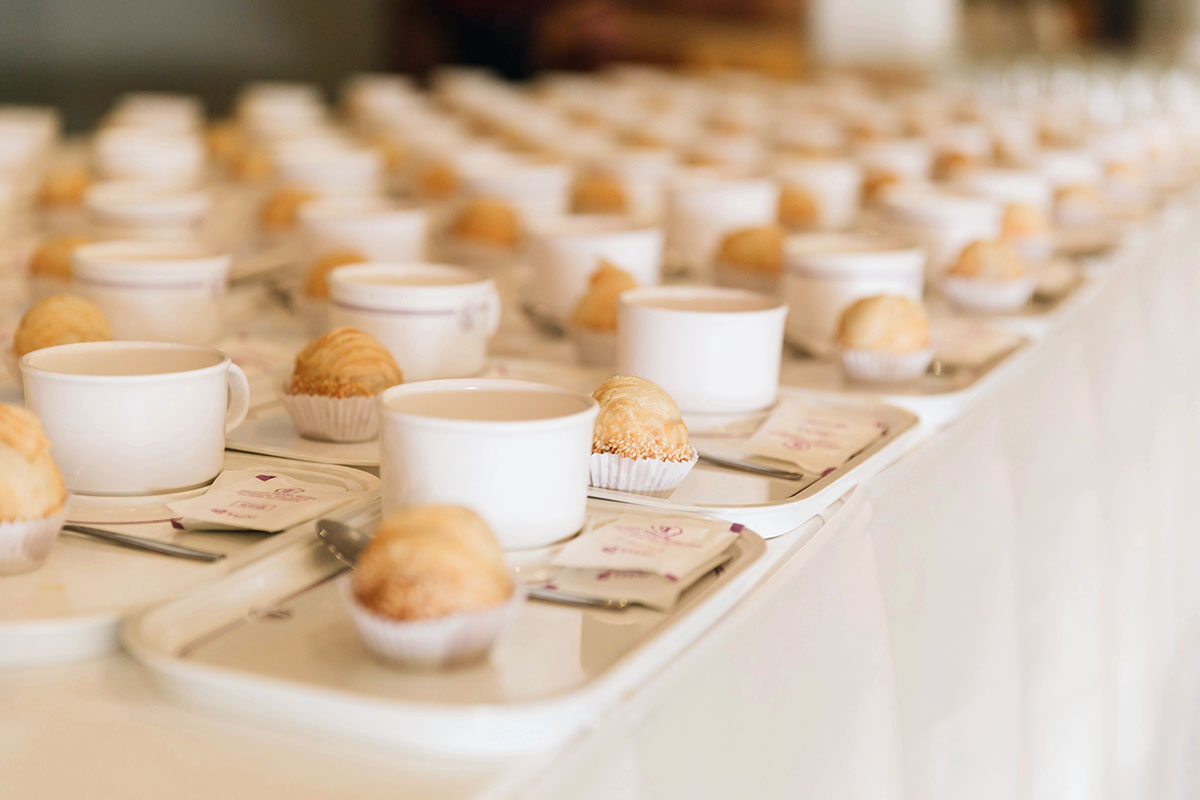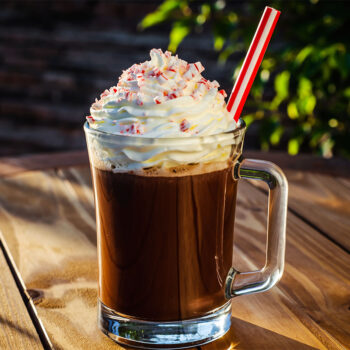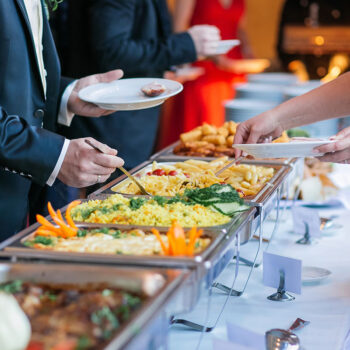Brewing high-quality Frisco coffee at home transforms your daily routine into a moment of enjoyment and satisfaction. Many coffee lovers face challenges that impact flavor and consistency, often unaware of the common pitfalls in their brewing process.
Common coffee brewing mistakes include:
- Using stale or low-quality beans
- Incorrect grind size
- Improper water temperature
- Neglecting equipment maintenance
These issues can lead to weak, bitter, sour, or unevenly extracted coffee, diminishing the experience.
Below, you’ll learn to identify key problems affecting coffee quality and discover practical solutions for consistently better brews. Understanding these factors equips you to refine your technique and enjoy cafe-quality coffee at home between visits to your favorite cafe in Frisco TX.
Coffee Quality and Freshness
When it comes to brewing high-quality coffee at home, the importance of coffee freshness is key. Here are some points to consider:
Fresh Whole Beans
Using fresh whole beans is critical as they retain their flavors and aromas much better than pre-ground coffee. Grinding just before brewing ensures a more flavorful cup.
Drawbacks of Pre-Ground Coffee
Pre-ground coffee tends to lose its freshness quickly due to increased surface area exposed to air. This can result in a dull and flat taste compared to freshly ground beans.
Impact of Roast Date
The roast date significantly affects the flavor profile of coffee. Opt for beans that are freshly roasted as they offer more complex and vibrant flavors compared to older beans.
Proper Storage
To maintain the freshness of your coffee beans, store them in airtight containers away from moisture, heat, and light. This helps preserve the flavors and aromas for a longer period.
Choosing and Maintaining Brewing Equipment
Selecting the right brewing equipment depends heavily on your preferred coffee style and convenience.
Different Brewing Methods for Different Tastes
- Chemex brewer: Ideal for a clean, bright cup with thick paper filters that remove oils and sediment.
- French press: Offers immersion brewing for a fuller-bodied, rich brew.
- AeroPress: Combines pressure and immersion for a versatile, quick brew with smooth taste.
- Espresso machine: Required for precise temperature and pressure control to craft concentrated shots.
The Role of Temperature in Brewing
Preheating brewing equipment and cups helps maintain temperature stability during extraction, which significantly impacts flavor balance. Cold equipment can cause uneven extraction or underdeveloped taste notes.
Simply rinsing your brewer and cup with hot water before brewing raises their temperature, keeping the coffee hotter longer and extracting more consistent flavors from your grounds.
Importance of Equipment Maintenance
Maintaining your equipment by cleaning grinders, brewers, and filters regularly is vital to prevent flavor contamination. Residual oils and stale grounds build up quickly, causing off-flavors that mask the true character of fresh coffee.
Coffee Equipment Cleaning Tips
Use cleaning coffee equipment tips such as:
- Rinsing or replacing paper filters before each use
- Backflushing espresso machines with appropriate detergents weekly
- Disassembling grinders for thorough cleaning of burrs monthly
- Washing all removable parts with warm soapy water
Mastering Grind Size and Grinding Techniques
Impact of Grind Size on Extraction and Taste
Grind size plays a role in the extraction process and ultimately affects the flavor of your coffee. Different brewing methods require specific grind sizes to achieve optimal results.
Recommended Grind Sizes per Method
- Fine grind: Ideal for espresso due to the short extraction time and pressure required for a balanced shot.
- Medium-fine grind: Suitable for pour-over methods like Chemex or V60 to control flow rate and extraction time.
- Coarse grind: Perfect for French press to prevent over-extraction and sediment in your cup.
Water Quality and Temperature Control in Brewing Coffee
The Importance of Water Quality
The quality of water used in the coffee brewing process significantly impacts the overall flavor of the final cup. It’s recommended to use filtered or bottled water to ensure a clean and pure taste, as tap water can contain impurities that affect the coffee’s profile.
Filtered Water vs. Distilled Water
Filtered or bottled water is preferred over distilled water for brewing coffee. Distilled water lacks minerals that contribute to the extraction process and can result in a flat-tasting brew.
The Significance of Water Temperature
Maintaining the correct water temperature is crucial for optimal extraction. The ideal range for brewing coffee is between 195°F–205°F (90°C–96°C). Water that is too hot can lead to over-extraction, while water that is too cool may result in under-extraction, affecting the overall balance and flavor of the coffee.
Measuring Ingredients Accurately in Coffee Brewing
Accurate measurement of coffee and water helps achieve a well-balanced flavor profile in your coffee. Ensuring the correct coffee-to-water ratio is key to extracting the optimal flavors from your beans and achieving a consistent taste in every brew.
Measuring your ingredients accurately not only impacts the taste, but also the overall quality of your coffee. By maintaining precision in your measurements, you can fine-tune the strength and flavor of your brew to suit your preferences perfectly.
Troubleshooting Common Brewing Problems
Knowing common brewing mistakes helps you fix issues that affect flavor and consistency. Below are frequent problems, their causes, and practical fixes to improve your coffee.
Weak or Under-extracted Coffee
Causes:
- Grind size too coarse
- Insufficient brew time
- Low coffee-to-water ratio
Weak coffee fix:
Use a finer grind size to increase extraction surface area. Extend brewing time within recommended ranges (e.g., 3-4 minutes for pour-over, 4 minutes for French press). Increase the amount of coffee used per water volume, aiming for about 1:16 coffee-to-water ratio. Ensure the water temperature is between 195°F and 205°F to optimize extraction.
Bitter or Over-extracted Coffee
Causes:
- Grind size too fine
- Excessively long brew time
- Water temperature too high (>205°F)
Fixes:
Adjust to a coarser grind size to reduce over-extraction. Shorten the brew time to prevent bitter compounds. Avoid using boiling water; maintain the ideal temperature window for balanced flavor. Monitor extraction closely — bitterness often signals over-extraction.
Sour or Under-developed Coffee
Causes:
- Grind size too coarse
- Brew time too short
- Water temperature too low (<195°F)
Correct by using a finer grind to increase extraction. Lengthen brewing duration as per your method guidelines. Heat water properly to reach the optimal temperature range. These adjustments prevent sourness caused by incomplete extraction of flavor compounds.
Burnt or Off-tasting Coffee
Causes:
- Using water that is too hot or old burnt coffee grounds
- Over-roasted beans or excessive heating during brewing
Avoid burnt flavors by controlling water temperature carefully and avoiding overheating grounds. Choose fresh beans with appropriate roast levels for your taste preference. Clean equipment regularly since residue buildup can cause off-flavors.
Coffee Grounds in Cup and Uneven Extraction
Coffee grounds in cup often result from grind size being too fine for the filter type or using an inadequate filter. Switching to a coarser grind or a different filter can resolve this issue.
Uneven extraction arises due to inconsistent grind particle sizes or channeling during brewing. Use a burr grinder for uniform grind size and stir gently during brewing if applicable to promote even saturation.
These troubleshooting tips address common problems encountered at home and help you achieve better control over your brew quality. Adjusting one variable at a time while observing results is key when refining your process.
Best Practices for Consistency and Experimentation in Home Brewing Coffee
Maintaining consistency in brewing process is integral if you want to achieve reliable, delicious coffee every time. Your goal should be to control variables carefully and make adjustments methodically.
1. Change one variable at a time
When troubleshooting taste issues, change only one variable at a time. For example, if you decide to alter the grind size, make sure to keep the water temperature, brew time, and coffee-to-water ratio the same. This approach helps isolate which change impacts flavor, making it easier to reproduce results or identify problems.
2. Keep detailed notes on each brewing session
Record variables like:
- Coffee bean type and roast date
- Grind size setting
- Water temperature
- Brew time
- Coffee-to-water ratio
- Equipment used
Write down tasting impressions alongside these details. Notes let you track patterns over time and refine your technique more effectively than relying on memory.
3. Treat your brewing like a science experiment
Experimentation is key to discovering your ideal cup, but without consistency as a baseline, improvements become guesswork. Treat your brewing like a science experiment—observe the effects of small tweaks before trying multiple changes at once.
Building a repeatable routine with precise measurements and thorough documentation will elevate your home brewing experience from inconsistent to dependable excellence. This discipline also makes it simpler to share successful recipes or troubleshoot problems that arise in the future.
By following these troubleshooting strategies, you can significantly enhance your homemade coffee enjoyment and improve the taste quality of your brews, whether you’re enjoying a hearty breakfast in Frisco or you’re in need of an afternoon pick-me-up.
Frequently Asked Questions About Coffee Brewing
Why is using fresh whole coffee beans important for brewing high-quality coffee at home?
Using fresh whole coffee retains more flavor and aroma compared to pre-ground or old beans. Freshness impacts the overall coffee quality, and grinding beans just before brewing preserves essential oils and flavors, resulting in a richer and more enjoyable cup.
How does grind size affect the taste and extraction of coffee?
Grind size directly influences extraction and taste; a grind that’s too coarse can lead to weak, under-extracted coffee, while too fine a grind may cause over-extraction and bitterness. Selecting the correct grind size—such as fine for espresso, medium-fine for pour-over, and coarse for French press—is key to achieving balanced flavor.
What role does water quality and temperature play in brewing better coffee?
Water quality significantly affects coffee flavor; using filtered or bottled water is recommended over distilled water to preserve desired taste profiles. Additionally, maintaining an optimal water temperature range during brewing ensures proper extraction, avoiding sour or burnt flavors caused by temperatures that are too low or too high.
Why is it important to clean and maintain brewing equipment regularly?
Regular cleaning of grinders, brewers, and filters prevents flavor contamination from residual oils and old grounds. Maintaining equipment hygiene ensures consistent extraction and preserves the intended coffee profile. Preheating brewing equipment also helps maintain temperature stability during extraction for better flavor consistency.
How can accurate measurement of coffee-to-water ratio improve my home-brewed coffee?
Precision in measuring both coffee grounds and water ensure a balanced flavor by maintaining the ideal coffee-to-water ratio. Accurate measurements prevent issues like weak or overly strong coffee, enabling you to replicate your preferred taste consistently with each brew.
What are common troubleshooting tips for fixing weak or bitter coffee at home?
Weak or under-extracted coffee often results from coarse grind size or insufficient brew time; adjusting to a finer grind or increasing brew duration can help. Bitter or over-extracted coffee may be due to too fine a grind or excessive brew time; coarsening the grind or shortening extraction time along with avoiding overly hot water temperatures can resolve these issues.


